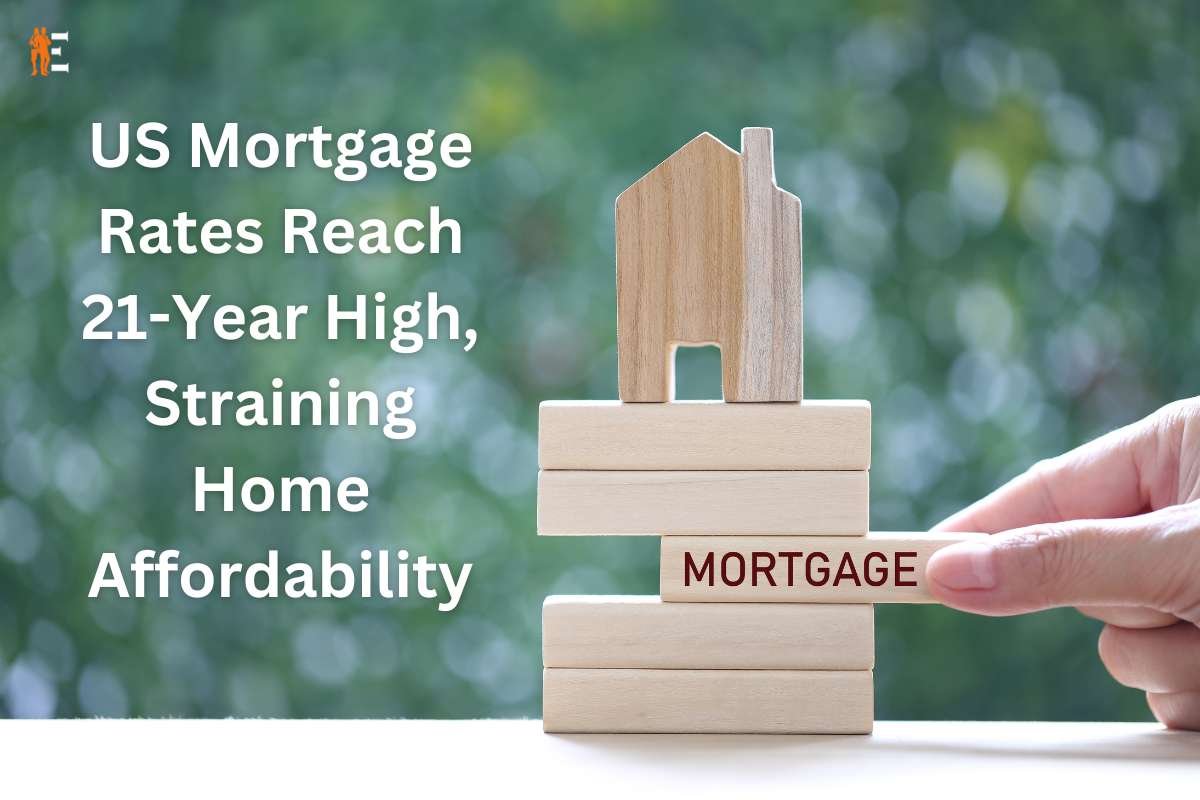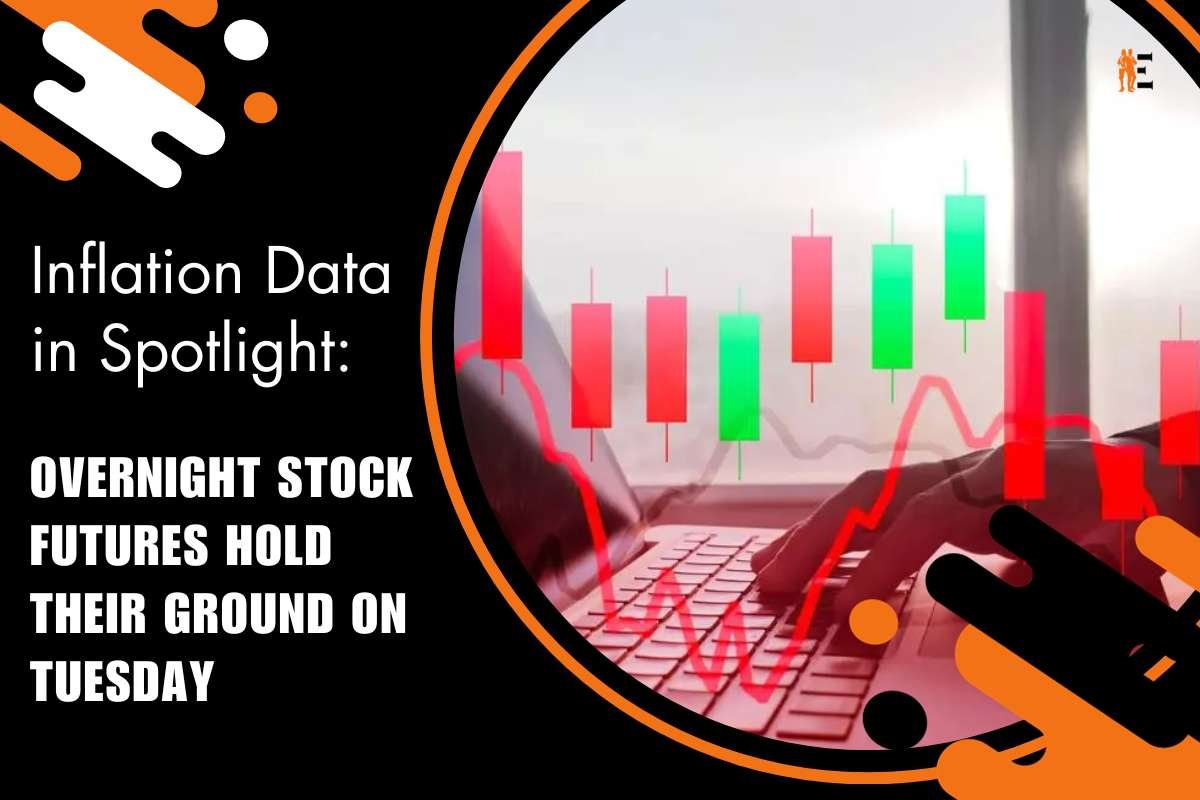In a notable development, mortgage rates in the United States have surged to their highest level in over two decades, significantly impacting the housing market and prospective buyers. The 30-year fixed-rate mortgage, a key indicator of borrowing costs for homebuyers, averaged 7.09% in the week ending August 17, marking a significant uptick from the previous week’s 6.96%. Data released by Freddie Mac unveiled this concerning trend, underscoring the challenges faced by individuals seeking to enter the real estate market or refinance existing mortgages.
Steady Climb Reflects Economic Factors
The steady climb in mortgage rates has been a persistent trend since late May, intensifying further since mid-July. This recent average rate is the highest observed since April 2002 when it stood at 7.13%. The surge in rates aligns with the trajectory of 10-year treasury yields, which have also risen to levels not seen since the summer of 2007. Factors contributing to this surge include the Federal Reserve’s ongoing rate-hiking campaign and concerns over prolonged inflation, as articulated in the Fed’s meeting minutes.
US mortgage rates surged to highest level in 21 years
Impact on Home Affordability and Market Dynamics
Rising mortgage rates have exerted significant pressure on the affordability of homeownership, leading to substantial consequences within the real estate sector. The combination of higher financing costs and a scarcity of affordable properties has resulted in a decline in home sales by approximately 20% compared to the previous year. Additionally, homeowners who previously secured lower interest rates are now hesitant to sell, further contributing to the supply-demand imbalance.
Navigating the Complex Terrain
Analysts and experts emphasize the multifaceted challenges presented by the escalating mortgage rates. The real estate market, while influenced by the Federal Reserve’s actions, also responds to a complex interplay of economic indicators, consumer behavior, and investor sentiment. The recent strong wage gains have contributed to economic expansion and bolstered consumer spending. However, the Federal Reserve’s commitment to curbing inflation has led to a cautious approach, potentially involving additional rate hikes.
Future Prospects and Considerations
As prospective buyers grapple with reduced affordability and market uncertainty, industry observers anticipate a prolonged period of elevated mortgage rates. The Federal Reserve’s careful calibration of interest rates aims to manage the delicate balance between economic growth and inflation control. While homeowners with existing mortgages may leverage their home equity to mitigate the impact of rising rates, those buying homes for the first time might face mounting challenges.











